Gosaikunda Langtang Trek is a special journey through one of the less-explored but incredibly beautiful regions north of Kathmandu, Nepal. This 17-day trek is often called the “valley of glaciers” trek because it offers amazing views of glaciers, snow-capped mountains, and beautiful landscapes. The trek takes you through the Langtang Region, home to some of the most stunning scenery in the Himalayas. Along the way, you’ll also get to experience the rich culture of local Hindu and Buddhist communities.
The adventure begins with a drive from Kathmandu to Syabru Besi, a small town that marks the start of the trek. From there, you’ll begin your hike through the Langtang Valley, which runs east to west and is surrounded by tall mountain ranges. This valley is known for its beautiful and peaceful landscapes. You will walk through forests filled with oak trees and colorful rhododendrons, and if you’re lucky, you might even spot rare wildlife like Red Pandas and Musk Deer.
The trail takes you through the Langtang National Park, which is a protected area full of wildlife and stunning natural beauty. As you walk through the park, you’ll notice how the surroundings change, from lush forests to high-altitude meadows. The higher you go, the more dramatic the views become. You will also pass through Kyanjin Gompa, a small Buddhist monastery located at a higher altitude. The views from here are incredible, with panoramic views of the Langtang Mountain Range and Ganesh Himal in the distance.
The trek then continues toward the Gosaikunda Lakes, a sacred site for both Hindus and Buddhists. These beautiful high-altitude lakes are surrounded by forests and offer stunning views of the mountains. The lakes are considered holy, and many pilgrims visit them each year. The trek to reach the lakes can be challenging, but the views and spiritual significance make it worth the effort. This part of the trek reaches an altitude of over 4,600 meters (about 15,000 feet), so it’s important to take your time and acclimatize to avoid altitude sickness.
After visiting Gosaikunda Lakes, the trek continues downward toward the Helambu district. Helambu is a peaceful area known for its terraced farms, vibrant rhododendron forests, and friendly villages. The descent to Helambu gives you a chance to relax and enjoy the rich culture of the Tamang people who live in the region. The villages in Helambu are welcoming, and you’ll experience traditional customs and lifestyles as you pass through.
This trek is perfect for people who want to experience high-altitude landscapes, visit sacred sites, and learn about the local culture all in one trip. Unlike some other treks in Nepal that have steep climbs, the Langtang Gosaikunda Pass Trek is designed to help you gradually gain altitude, allowing for plenty of time to acclimatize. This makes it a great option for people who want to avoid the harsh effects of altitude sickness while still experiencing the beauty of the Himalayas.
If you’re looking for different trekking options in the Langtang region, you can consider the Langtang Valley Trek, which is shorter and focuses on the Langtang Valley. Alternatively, the Langtang Full Circuit Trek covers more areas of the region and offers a more challenging experience. For a shorter trek, the Gosaikunda Trek 3 Days is a great option, allowing you to explore the sacred Gosaikunda Lakes without committing to the full circuit.
For those interested in exploring more cultural aspects, the Tamang Heritage Trek offers a chance to experience the unique Tamang culture, while the Gosainkunda Pass Trek offers a challenging but rewarding adventure to the sacred lakes.
Nature Heaven Treks and Expedition is the perfect company to guide you on this journey. They offer expert-led treks with well-planned itineraries to ensure that you have a safe, comfortable, and memorable experience. Their experienced guides and friendly Sherpa team will help you throughout the trek, making sure you enjoy every moment of the adventure.
Whether you choose the Langtang Gosaikunda Pass Trek, Gosaikunda Trek Nepal, or any of the other amazing treks in the region, Nature Heaven Treks will make sure that you get the most out of your trek. From the stunning landscapes to the rich cultural experiences, this trek has something for everyone.
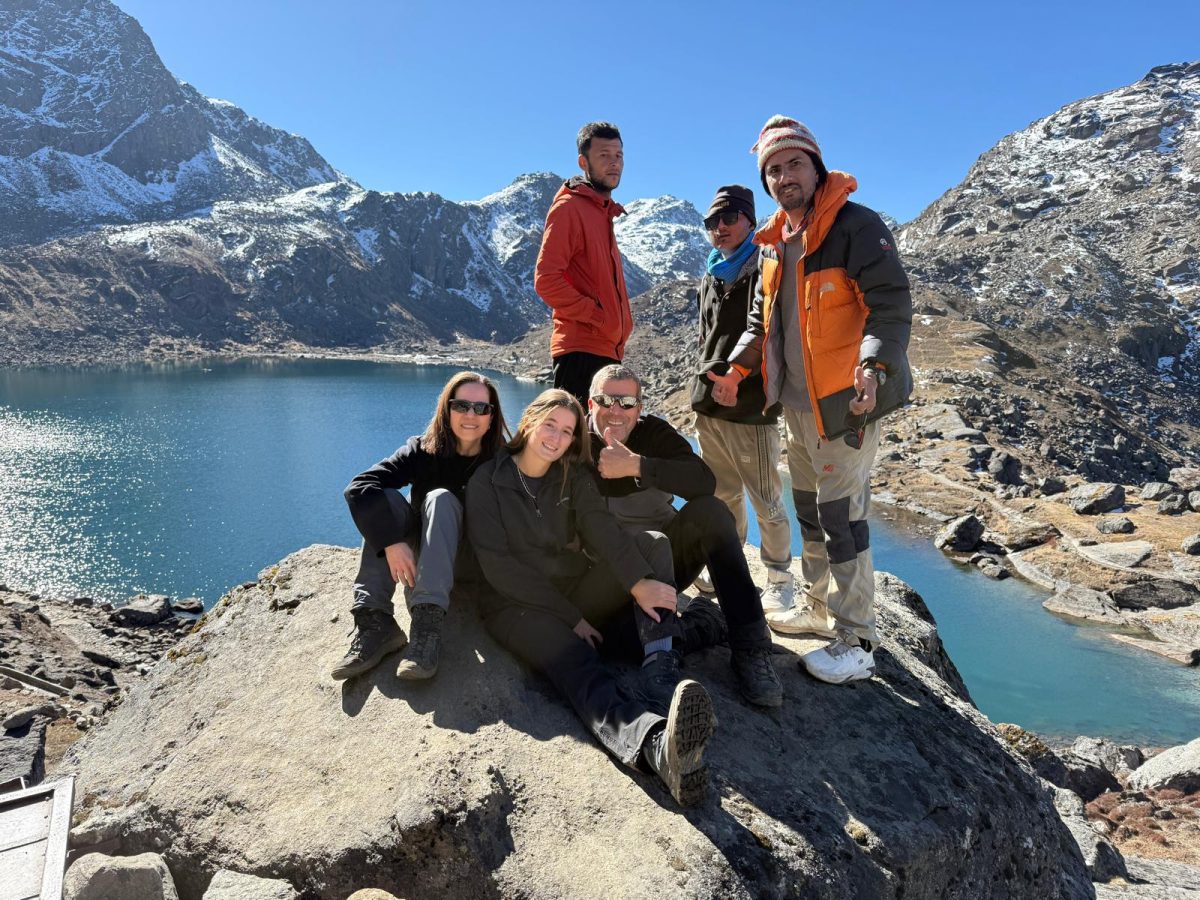
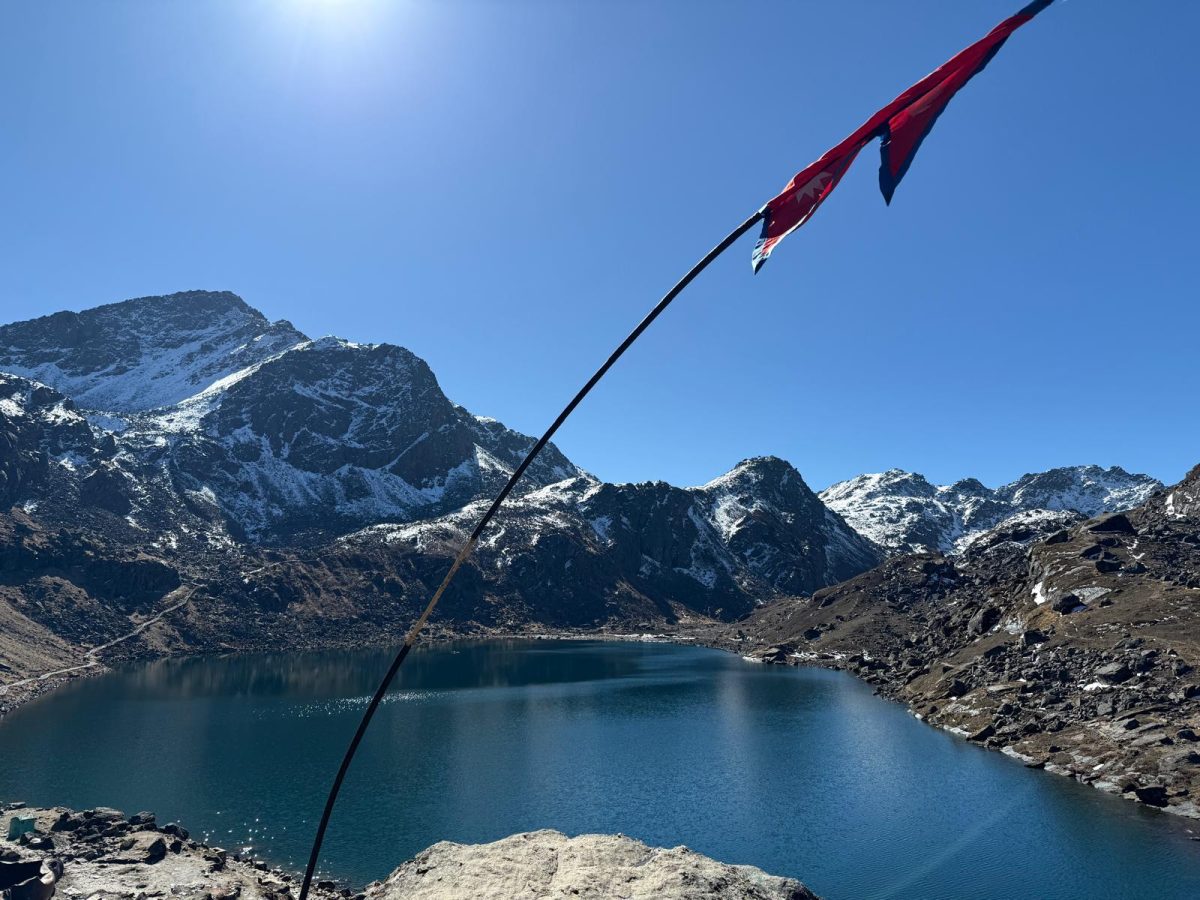
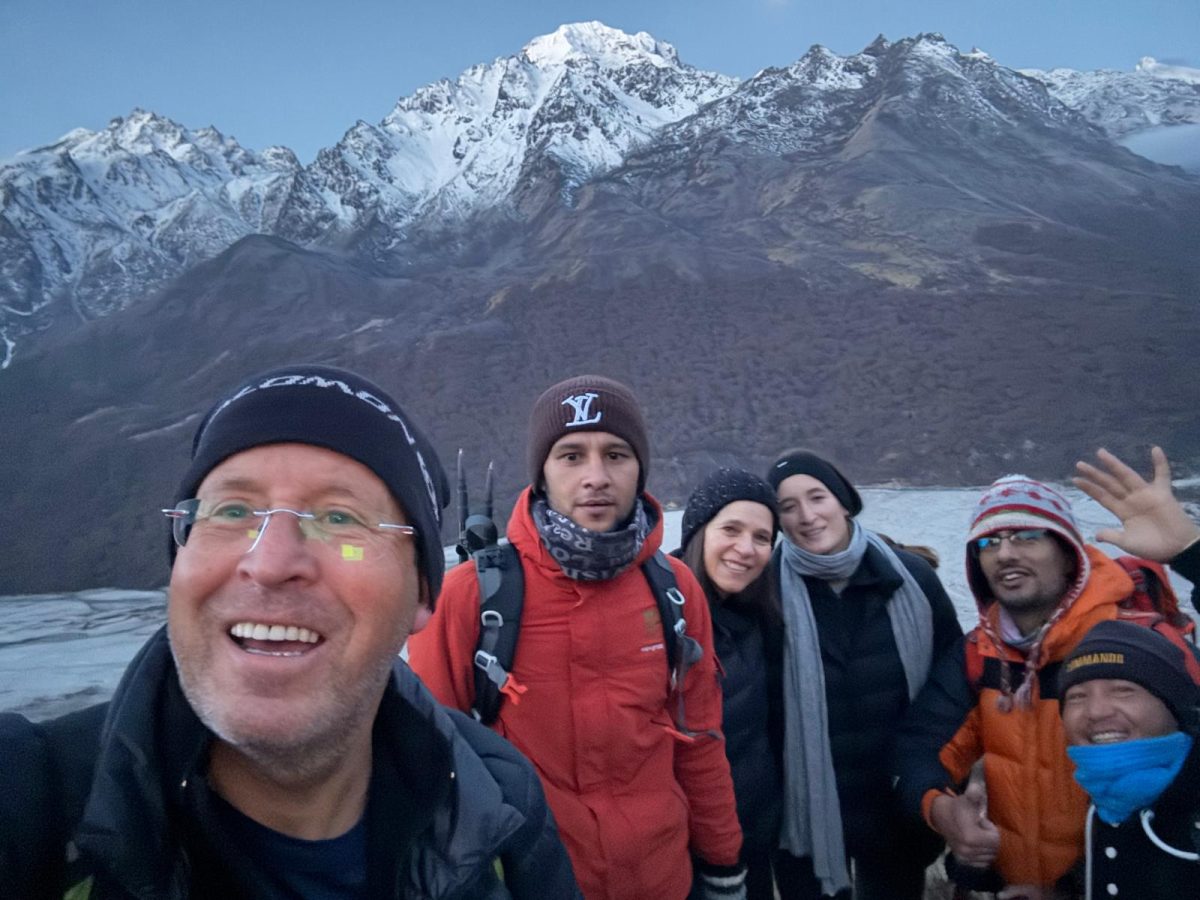
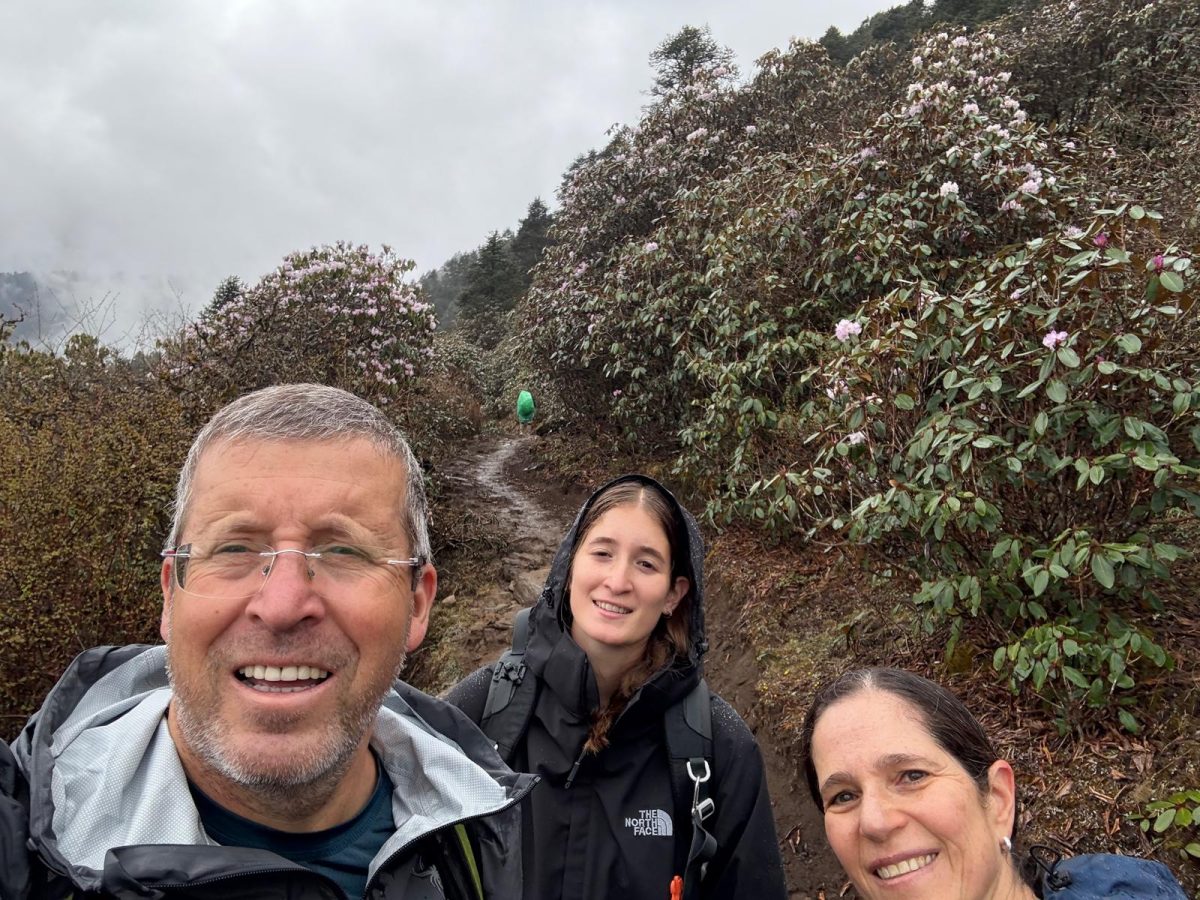

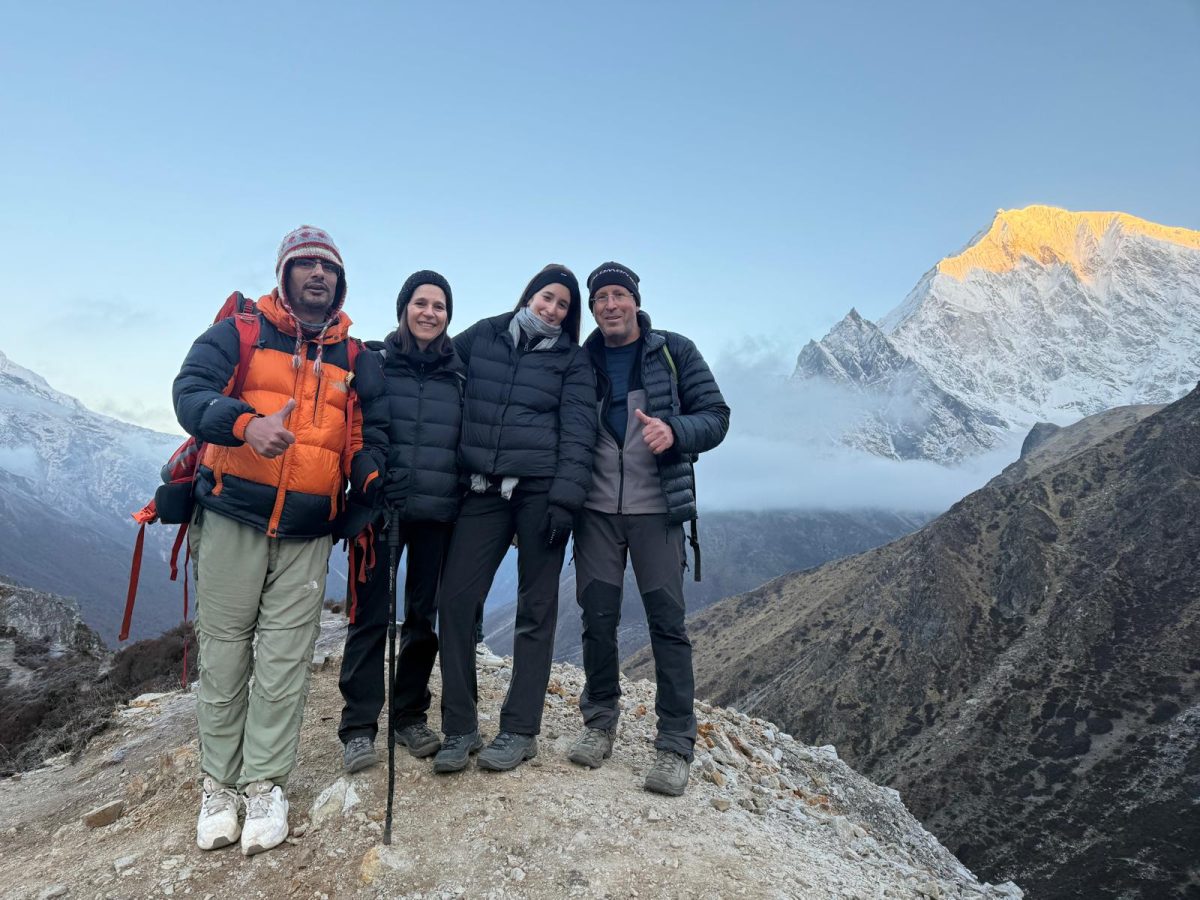
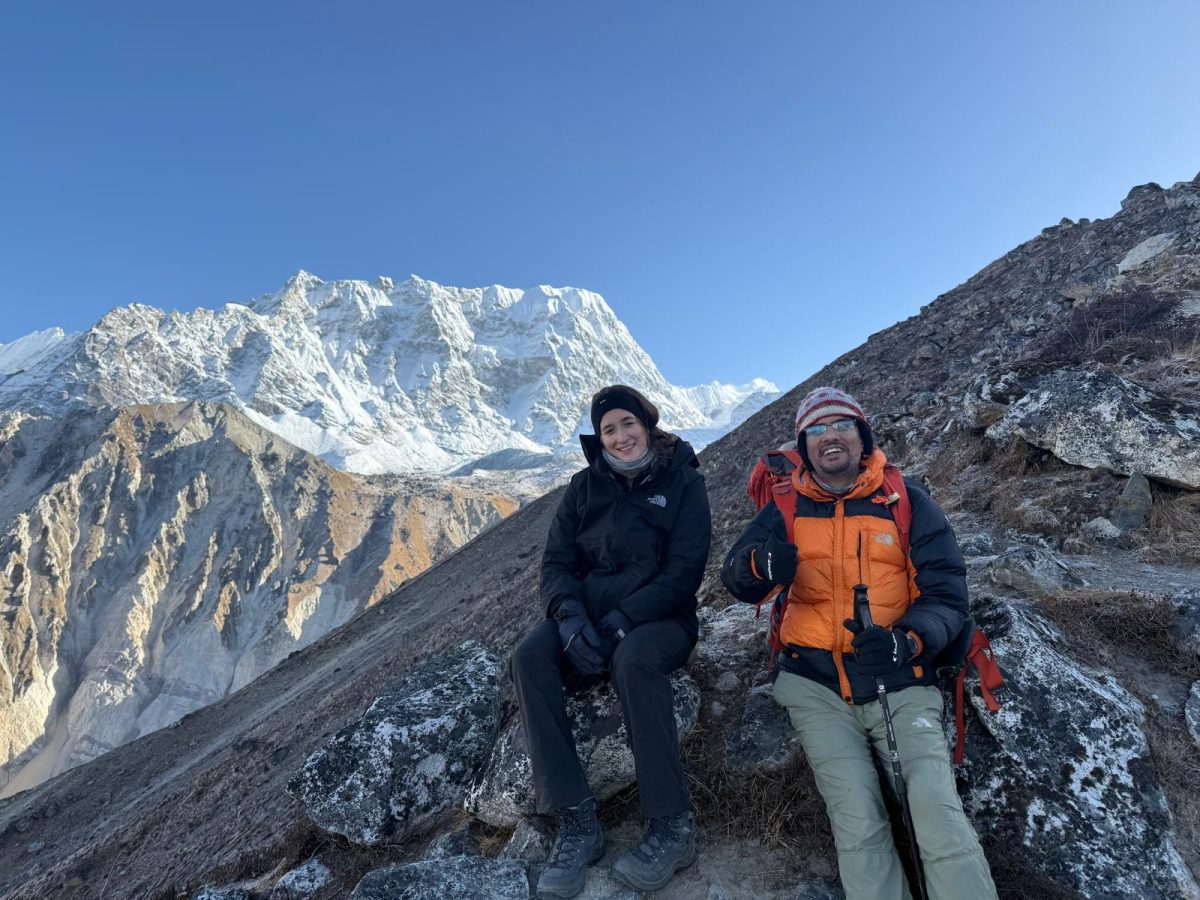
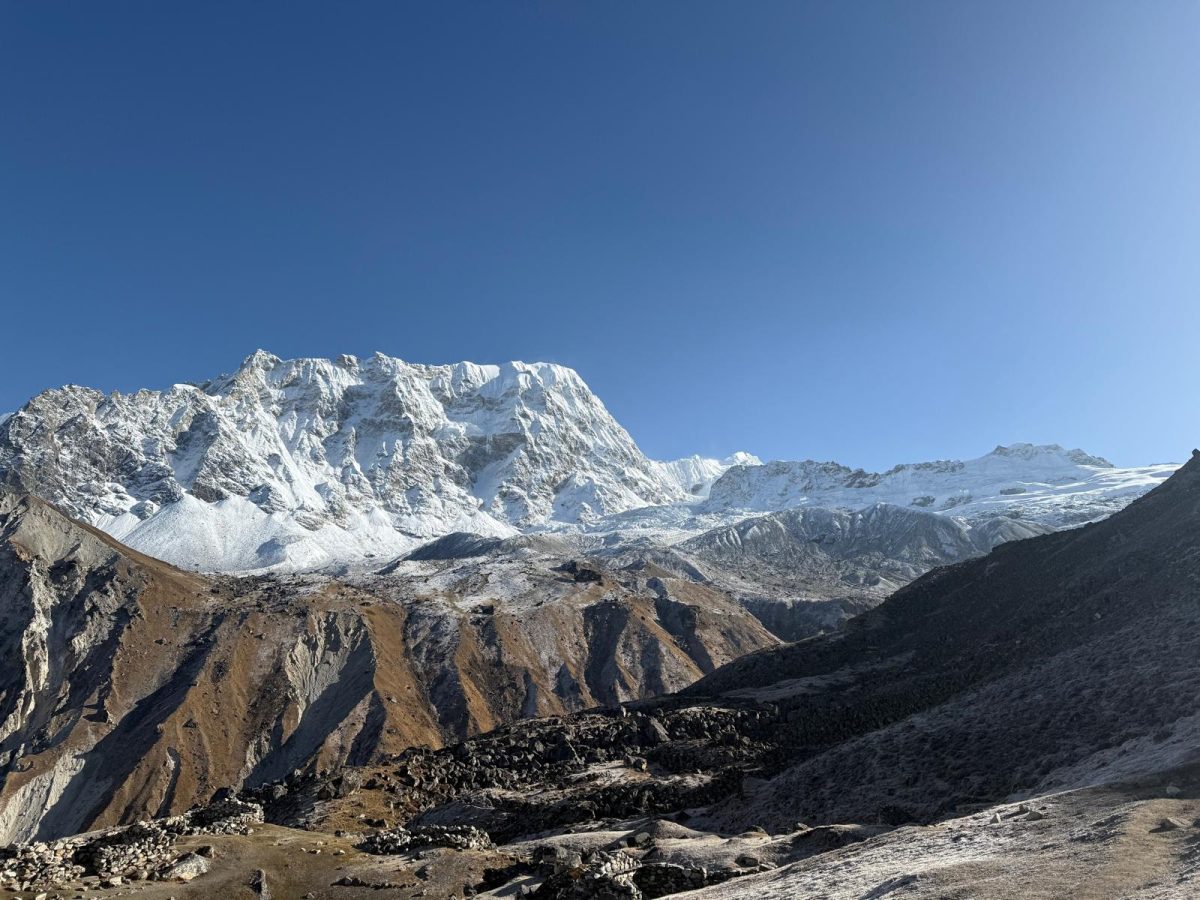
Welcome to Nepal!
Upon your arrival at the airport, our friendly team will be there to greet you with a warm smile. Look out for a staff member holding a nameplate with your name at the terminal gate for easy identification. From there, you’ll be comfortably escorted to your hotel.
This marks the beginning of your unforgettable Nepal journey. Once you’ve settled in, feel free to unpack, relax, or explore the vibrant surroundings of your hotel at your own pace.
In the evening, join us for a delightful welcome dinner at a traditional local restaurant. It’s the perfect opportunity to meet your fellow travelers and our team, share stories, and get a taste of Nepalese hospitality.
After dinner, you’re invited to experience the lively energy of Thamel — Kathmandu’s buzzing hub of shops, cafes, and nightlife. Soak in the atmosphere before returning to your hotel for a restful night’s sleep, ready to begin your adventure.
Today’s itinerary is jam-choked with cultural immersion as you explore many of Kathmandu’s most important and historic sites with one of our friendly tour guides. Your journey begins at the long-lasting Swayambhunath Temple, affectionately called the Monkey Temple, which offers panoramic views of the town from its hilltop location. Next, you’ll visit Pashupatinath Temple, a serious pilgrimage destination for Hindus, followed by a stop at Boudhanath Stupa, the most important stupa in Nepal, showcasing exquisite Tibetan Buddhist architecture.
The tour concludes at Kathmandu Durbar Square, an “open museum” of palaces, courtyards, and temples, vibrant with the bustling local market and various eateries. After exploring these rich cultural sites, you will have time to rest before we meet again in our office for a trek briefing. tonight, we are going to finalize your preparations for the Langtang Valley trek, including packing and last-minute shopping, while our team handles all necessary trek permits. This ensures a smooth start to your upcoming adventure.
We will depart from Kathmandu early in the morning for a drive to Syabrubesi, the place to start our trek. This journey, spanning several hours, will provide picturesque views of the Nepali countryside and pass quaint small towns. As we approach Dhunche, the scenery will change, offering glimpses of majestic mountains like Ganesh Himal and Langtang Lirung. From Dhunche, the route descends to Syabrubesi.
Today marks the first day of our trek. After enjoying a hearty breakfast in Syabrubesi, we’ll begin the trail through Langtang Parkland, one in of Nepal’s oldest. Following the Bhote Koshi River, our path winds through lush rhododendrons and oak forests, where you’ll spot monkeys within the trees and hear birdsong. The trail gradually ascends to our resting place for the night, the Lama Hotel.
Today’s trek starts with a mild climb through a surprisingly mixed forest of rhododendron, oak, hemlock, and maple, gradually becoming steeper. As you ascend, you’ll catch intriguing glimpses of the towering Langtang Himal to the north. The trail then descends to a quaint teahouse by the river, providing a peaceful spot for a happening before climbing to Ghora Tabela, a settlement that features a hotel and an installation, located at 2,970 meters.
The journey continues into the broad, U-shaped valley shaped by the Langtang, Shalbachum, and Lirung Glaciers. As you climb the hillside, you’ll traverse scrub forests and terraced fields where local staples like barley, buckwheat, and potatoes are cultivated. The trail then leads you through the villages of Thangshyap, Chamki, and Ghumba, the latter featuring a motivating gompa (monastery).
Along the way, you will see water-driven prayer wheels and mills, elements typical of the region’s spiritual existence. The trek concludes for the day in the village of Langtang, located at 3,430 meters, in its stunning valley. This village was the previous headquarters of Langtang Park and offers a significant place to rest and reflect on the journey. Overnight in Langtang allows for a deeper appreciation of the local culture and natural surroundings.
After departing Langtang village, your trek quickly finally ends up in Mundu, a small amount of settlement reached within half an hour. Mundu showcases traditional houses and offers several teahouses catering to trekkers, providing a glimpse into the local lifestyle. Continuing from Mundu, the route ascends through picturesque yak pastures and crosses several bridges because of Kyanjin Gompa. Given the short distance from Langtang to Kyanjin Gompa, you’ll need ample time to explore the realm later in the day.
Kyanjin Gompa is believed for its local cheese factory and an ancient monastery. Visiting the cheese factory, you’ll need the chance to appear at the cheese-making process and sample a spread of delicious products. Additionally, if you’re up for more adventure, an optional hike to Kyanjin Ri can be an implausible choice. This vantage offers a shocking opportunity to witness an exquisite sunset together with breathtaking views of mountains like Dorje Lakpa, Langshisha, and Gang Chenpo. This a part of the trek not only immerses you within the natural great things about the region but also offers a taste of local culture and culinary traditions.
Today may be a crucial acclimatization day to assist minimize the danger of Acute hypoxia (AMS). the recommendation from experts is to “climb high and sleep low,” which suggests engaging in light activity even during rest days to manage the altitude effectively.
A recommended activity is additionally a morning hike to Tsergo Ri, which stands at an elevation of 5,000 meters. From the summit, you’ll be rewarded with stunning panoramic views of the glacier tumbling from Langtang Lirung, the simplest peak on the planet at 7,227 meters, and other significant peaks like Kinshung, Yansa Tsenji, Dorje Lakpa, Ganchenpo, Dshabu Ri, and Urking Kanggari. Additionally, you may be ready to glimpse Shisha Pangma, located just beyond the border in China, notable as China’s only 8,000-meter peak.
After descending back to the teahouse for lunch, the afternoon is correct for exploring the Kyanjin Valley and its glaciers more easily. This acclimatization day isn’t only beneficial for your health but also allows you to deeply appreciate the majestic surroundings. Overnight are at the teahouse, ensuring a restful end to a stuffed with-life day.
Today marks the start of your descent, retracing your steps back to the Lama Hotel from Kyanjin Gompa after a hearty breakfast. As you trek downhill, you’ll taste Langtang village and Ghoda Tabela, navigating lush rhododendron forests and crossing occasional suspension bridges. This a part of the journey offers beautiful scenery, as you witness the landscape from a brand-new perspective during the descent. The trek back to Lama Hotel allows you to any or everywhere again enjoy the serene natural environment and potentially spot wildlife you’ll have missed on the high.
Today’s trek from Lama Hotel to Thulo Syabru will take approximately 5-6 hours, reaching an elevation of about 7,355 feet. The trail climbs out of the valley and offers increasingly impressive views of the encircling mountains as you ascend. The journey includes passing through more forested areas and potentially spotting local wildlife. Thulo Syabru, a captivating village with a particular culture, provides a warm welcome and an authentic Himalayan experience.
Today’s journey from Thulo Syabru to Chandan Bari also stated as Shin Gompa spans about 4-5 hours and reaches an altitude of 10,935 feet. As we ascend, the trail becomes steeper, taking us through serene forests and with even broader vistas of the Himalayas. Chandan Bari, with its peaceful monastery and cheese factory, offers a unique blend of spiritual tranquility and native flavor, providing a restful end to the day’s trek.
As we progress, the trail offers continuous views of the Ganesh and Langtang Himals, while steadily ascending through areas dedicated to the conservation of the endangered procyonid. The landscape transforms as trees fall to clean vegetation around Chalang Pati (3,550 meters), an ideal spot for a snack amidst expansive panoramas. The trail rises further, revealing views of Manaslu to the east and diffusion of peaks stretching to the Annapurnas to the west. The afternoon is yours to enjoy freely in Laurebina Yak, where we’ll also spend the night.
Start the day capturing the sunrise together with your camera before enjoying breakfast. Then, begin a hike to a ridge, passing the enchanting waterfalls emerging from Saraswati Kund (lake) at 4,100 meters. The trail continues high and exposed, offering vistas over the southwestern Trisuli Valley and Bhairav Kund. Soon, you’ll reach Gosainkund, the foremost important lake, with its village nestled on the northwestern shore. Behind the village, a ridge provides panoramic views, including semi-frozen lakes to the south. These lakes are sacred to Hindus and Buddhists, with a prominent Hindu temple dedicated to Shiva within the village. an important festival occurs here annually during the overall moon in August. Spend the afternoon exploring this spiritual site, with an overnight stay in Gosaikunda.
Today’s trek from Gosaikunda to Dhunche spans about 7-8 hours, descending to an elevation of 6,445 feet. The journey takes you downhill through rugged trails and serene landscapes. Along the way, you’ll meet up with several small villages and plush forests, offering a glimpse into rural life within the Himalayas. because the gateway town for several treks within the region, Dhunche provides a welcoming atmosphere to relax after the trek’s challenges, concluding your memorable journey.
From Dhunche, lead off a 5-6 hour rebuff to Kathmandu, situated at 4,265 feet. This scenic drive will take you through winding mountain roads, offering one last glimpse of the agricultural landscapes and vibrant local life outside the capital. On arrival in Kathmandu, your adventurous journey through the Himalayas concludes.
Gosaikunda Pass trek concludes, and you’re invited to share any feedback with Nature Heaven Trek. Their team will ensure a smooth transfer from your hotel to the international airport, time along your flight schedule. If you’re considering extending your stay in Nepal, they supply a range of additional adventurous and relaxing trips throughout the country. Let the team know if you’re interested in exploring more, and they’ll help plan further unforgettable experiences for you.
✔️ Private pickup from Tribhuwan International Airport and drop-off at your hotel upon arrival.
✔️ Jeep ride from Kathmandu to Syabru Besi
✔️ Jeep ride from Dhunche to Kathmandu
✔️ 2 nights in Kathmandu on a bed and breakfast (BB) basis. 4-5 Star Hotel
✔️ 13 nights in mountain teahouses (twin-sharing)
✔️ 13 breakfasts, 12 lunches, and 12 dinners during the trek. Meals include traditional dal bhat, noodles, momos, pasta, and soups.
✔️ Purified drinking water (Ef-Chlor water purification tablets) provided throughout the trek.
✔️ Certified, English-speaking trekking guide with first-aid training.
✔️ Assistant guide for groups of 6+ members.
✔️ All staff wages, meals, and equipment covered.
✔️ Required trekking permits for the Manaslu region.
✔️ All applicable taxes, service charges, and VAT.
✔️ Porter for Luggage Carrying: (each porter can carry up to 25 kg; one porter for two trekkers is recommended).
✔️ All staff wages, meals, and equipment are covered.
✔️ Complimentary Langtang trekking map.
✔️ Sleeping bag rated up to -20°C.
✔️ Duffel bag (70–80L) if using porter service.
✔️ First-aid medical kit carried by your guide.
✔️ Free luggage storage during the trek.
✔️ Completion certificate.
✔️ Nature Heaven Treks souvenir T-shirt.
✔️ Farewell dinner in Kathmandu after the trek.
❌ International flights, Nepal visa fees, and personal travel insurance are not included.
❌ Extra costs during the trek, such as hot showers, Wi-Fi, drinks, extra meals, and battery charging.
❌ Any additional nights or meals in Kathmandu beyond what’s included in the package.
❌ Tips for your guide and porter.
❌ Any services not specifically mentioned under “Included in the Cost.”
Enjoy complete flexibility with private departures available year-round. You can choose your preferred start date, and we’ll handle all the arrangements. Just use the booking form on the top right to select your date and leave the rest to us.
Once you book, your trip is 100% guaranteed – even if you’re the only one. We don’t cancel based on low enrollment. Every trekker receives the same high-quality service, whether solo or in a small group.
If your plans change, you have options. Cancel at least 30 days before departure for a full deposit refund. If canceling within 30 days, your deposit stays safe with us and can be used to reschedule your trek for any future date that suits you.
The best times to trek the Langtang Gosaikunda Treks are spring (March to May) and autumn (September to November). The trail offers clear mountain views, pleasant temperatures, and blooming rhododendrons in multiple colors in spring. Autumn brings stable weather, clear skies, and exceptional views of Mt. Manaslu and surrounding peaks.
Trekking in winter and monsoon seasons is not advised due to heavy snowfall, closed lodges at higher altitudes, and high landslide risks during the rains.
Although food choices are limited compared to city areas, trekkers can expect healthy, hygienic meals throughout the journey. A typical trek includes 12 breakfasts, 12 lunches, and 11 dinners.
Breakfast options include Tibetan bread, eggs, cereals, pancakes, toast, fruits, and hot drinks.
Lunch and dinner commonly feature dal bhat, vegetable curries, noodles, thukpa, pasta, soups, and snacks. It’s best to eat fresh vegetables, drink plenty of water, and avoid mixing dairy, meat, alcohol, and coffee.
In Kathmandu, you’ll find a wide range of hotels, but along the trek, accommodation is mostly at basic tea houses. Rooms are twin-sharing, often with shared toilets outside the room. Tea houses have a communal dining area with a fireplace. In higher altitudes, it’s essential to carry a warm sleeping bag.
Gosaikunda Langtang Trek is considered moderately challenging. It involves daily walks of 5–7 hours through diverse terrain, including forested paths, rocky trails, and steep ascents. The trek reaches an altitude of over 4,300 meters at Gosaikunda Lake, so proper acclimatization is important to avoid altitude sickness.
While no technical climbing skills are needed, trekkers should have a good level of fitness and stamina. The combination of altitude, changing weather, and uphill sections can be demanding, but with a steady pace and preparation, it’s manageable for most adventurous hikers.
Travel insurance is mandatory. It must include emergency evacuation and medical expenses, especially for high-altitude treks. Nature Heaven Treks and Expedition Nepal recommends confirming that your insurer covers adventure activities and trip cancellations.
Symptoms can start at elevations above 3,500m and include nausea, headaches, dizziness, and fatigue.
Tips to prevent altitude sickness:
Ascend gradually and allow time for acclimatization
Stay hydrated and avoid alcohol
Consider taking Acetazolamide (Diamox) after consulting a doctor
Descend immediately if symptoms worsen
Rest, use portable oxygen if needed, and never ignore warning signs
Essentials include:
50–70L backpack, sleeping bag, headlamp
Water bottle/purifier, warm clothes, rain gear
Hiking boots, gloves, sunglasses, sunscreen
Quick-dry layers, thermal wear, first aid kit, toiletries
Personal documents, passport, camera, maps, and guidebook
Your safety is a top priority. Nature Heaven Treks and Expedition Nepal’s trained guides carry first aid kits and are equipped to handle emergencies. In case of altitude issues, your trek leader will decide whether to proceed or descend. Emergency helicopter rescue is available if required. The team ensures you trek in a group for added safety.
Nature Heaven Treks is a certified and experienced trekking agency. To book your trek, a 10% deposit is required. You’ll need to provide a copy of your passport, insurance, passport-size photos, and flight details within a week of booking. Payments can be made via online transfer, Western Union, or in person using cash, card, or bank transfer upon arrival in Nepal.
Our team is here to guide you with personalized recommendations, insider advice, and the latest travel updates to make your journey smooth and memorable.
Embark on unforgettable adventures through majestic landscapes, rich cultural sites, and serene natural retreats. Our travel packages are designed to suit every explorer whether you seek thrill, peace, or heritage.
More than 730 individuals and over 50 countries travellers we have deal with
Yael0505
July 21, 2024
“We had an excellent trek with Krishna and his excellent team. The tour itself was excellently planned.”
Wildnature2006,
May 1, 2024
“From the moment we met Krishna at the airport, we knew we were in good hands. Immediately upon arrival…”
Dreamer47485971266,
November 23, 2023
“We had a wonderful time trekking Langtang and the frozen lakes. Krishna has done everything so every…”
Gosaikunda Langtang Trek is moderately challenging, suitable for trekkers with good fitness. It includes steep ascents, rocky trails, and high-altitude passes like Lauribina La (4,610m). Proper acclimatization and preparation are important for a safe and enjoyable experience.
On most treks, you’ll walk around 5 to 7 hours a day, depending on the itinerary, trail conditions, and altitude. Breaks are included for rest, meals, and acclimatization to ensure a comfortable and enjoyable trekking experience.
Why Nature Heaven Treks and Expedition
Nature Heaven Treks offers a variety of trekking options, including popular routes like the Everest Base Camp and Annapurna Circuit, as well as off-the-beaten-path adventures in regions like Manaslu and Langtang .
✅ 10+ Years of Trekking Experience
✅ Certified and Friendly Local Guides
✅ 100% Tailor-Made Itineraries
✅ Small Groups, Big Adventures
✅ Eco-Conscious and Culturally Respectful Practices
✅ 5-Star Reviews from Adventurers Worldwide



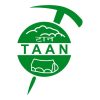

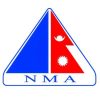
@Copyright 2025 Nature Heaven Treks and Expedition, Kathmandu, Nepal. All Rights Reserved.
Chat with Us